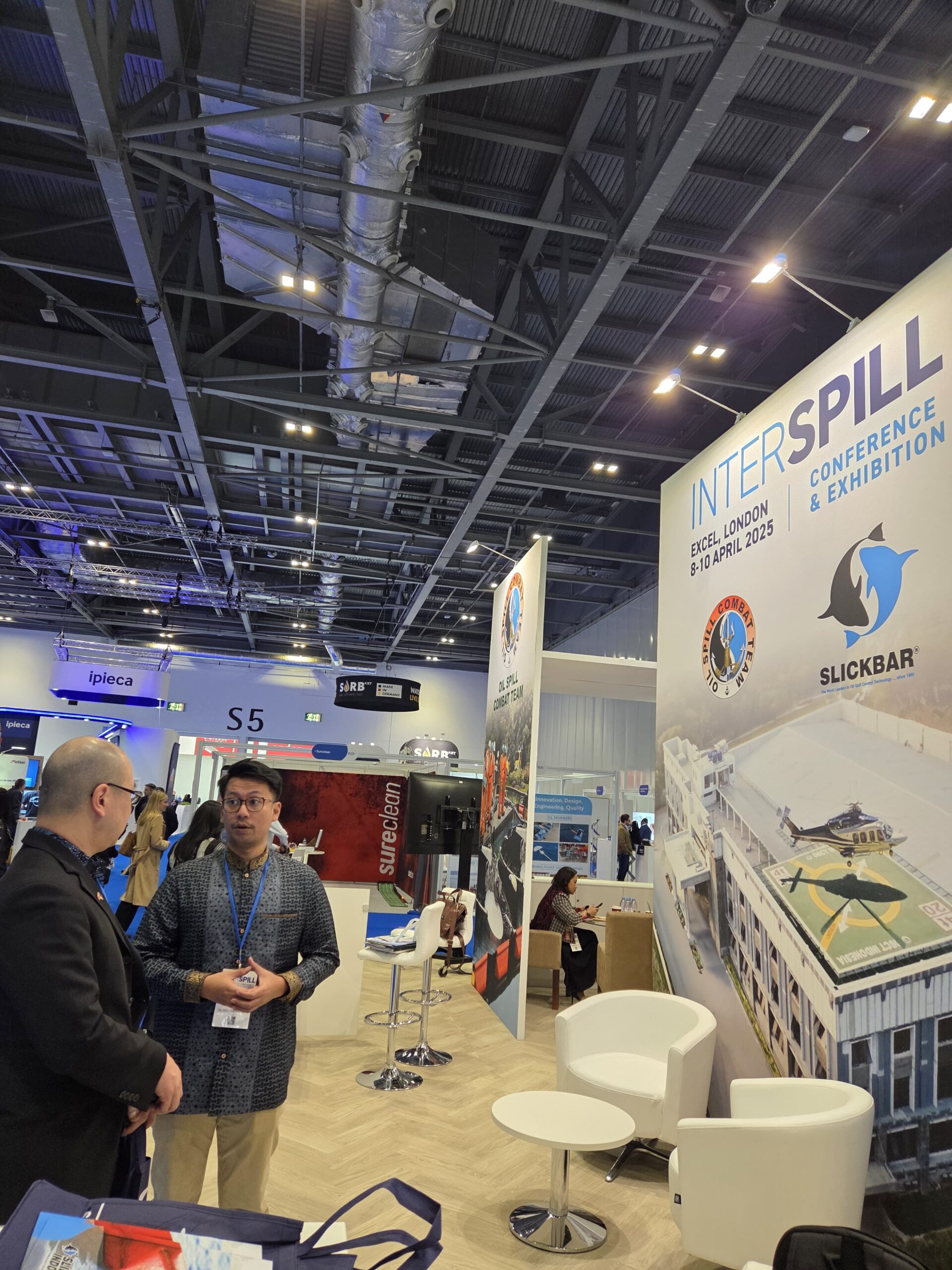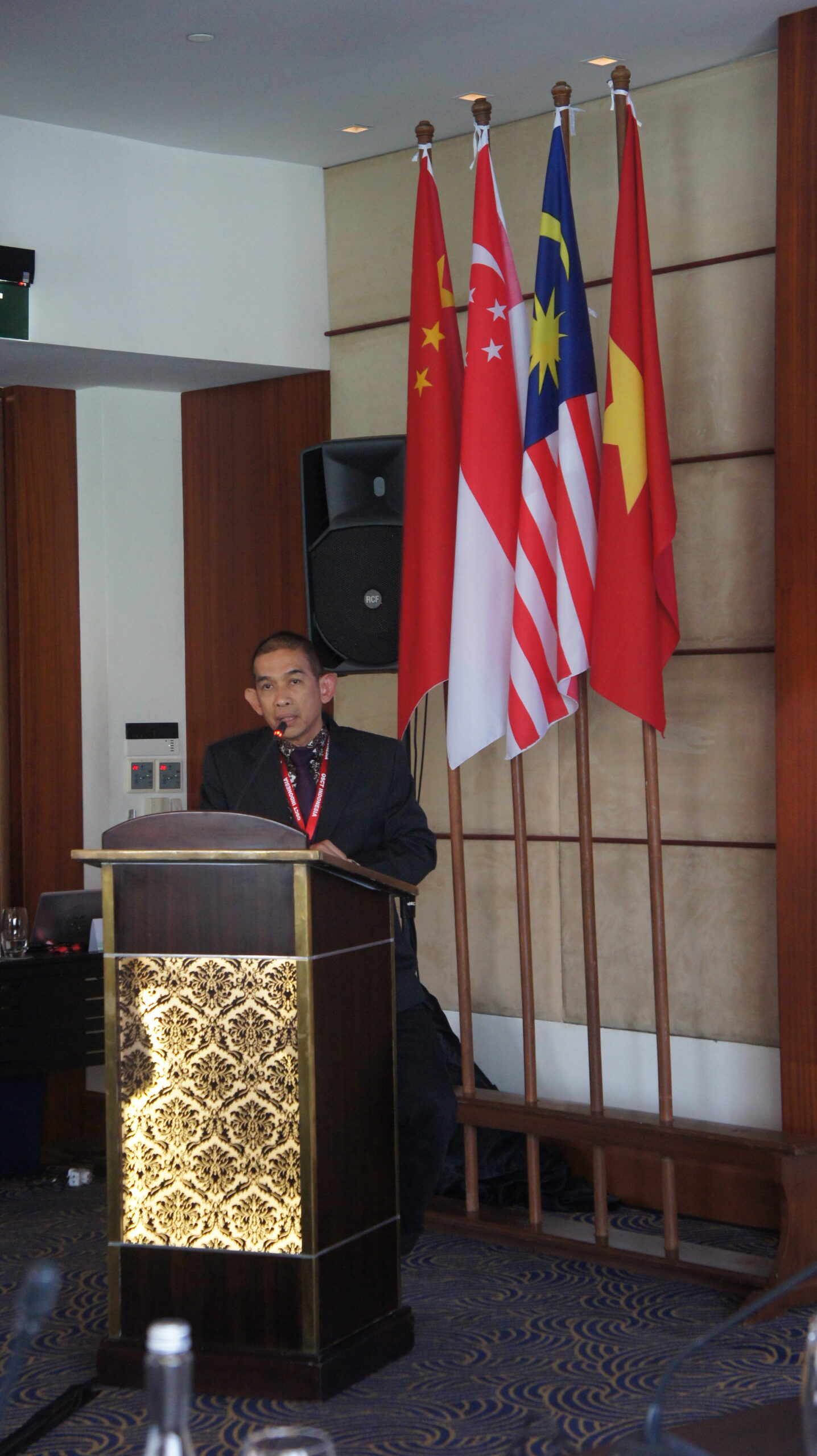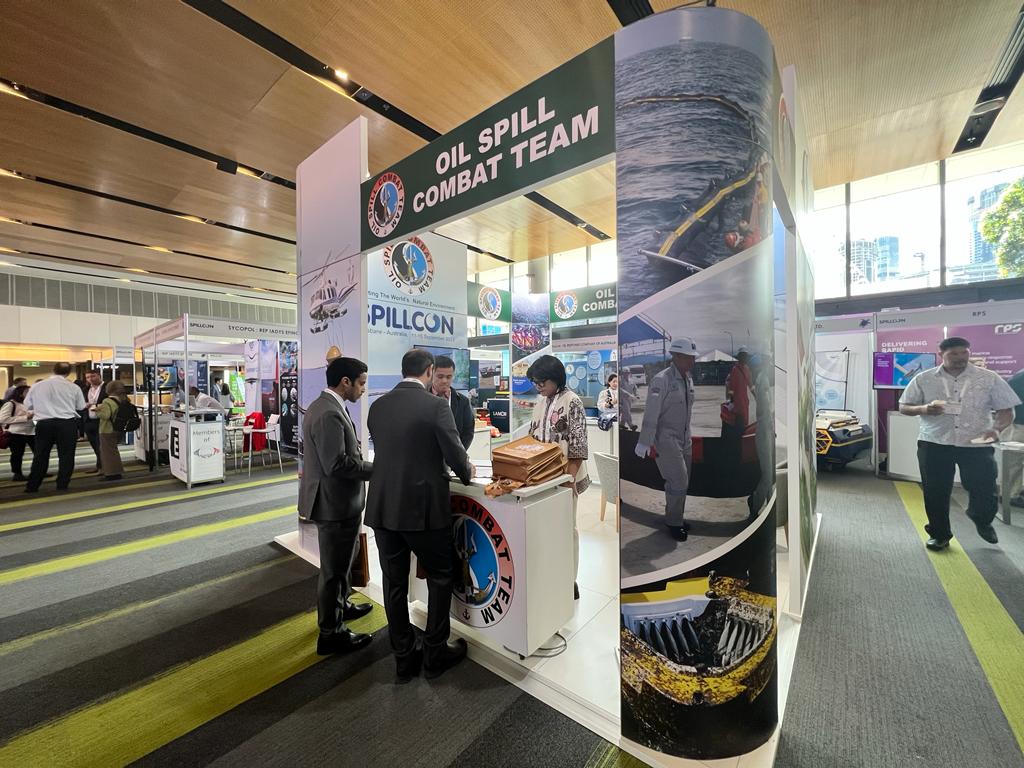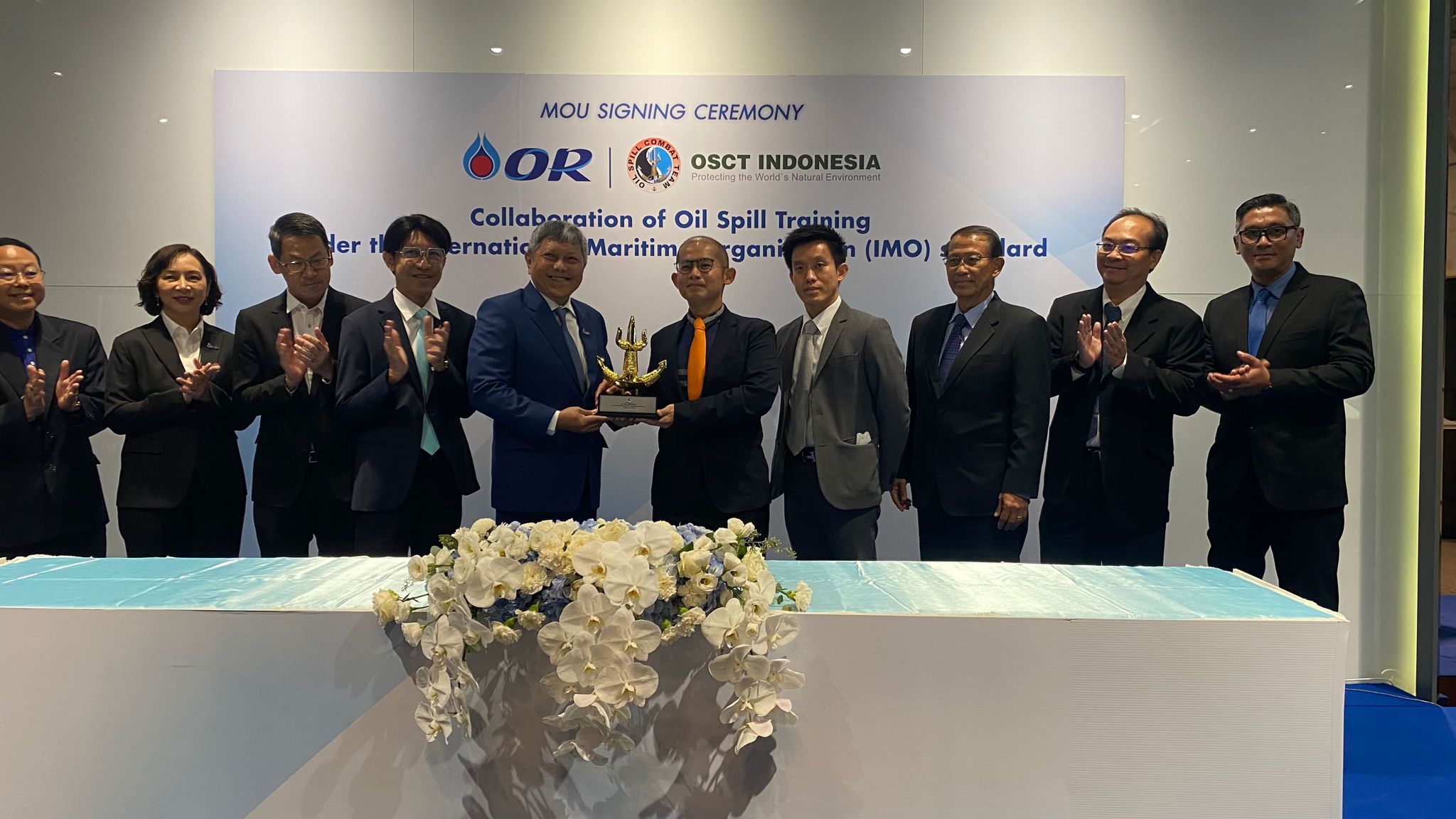No products in the cart.
Denounce with righteous indignation and dislike men who are beguiled and demoralized by the charms pleasure moment so blinded desire that they cannot foresee the pain and trouble.
Read MoreOSCT Indonesia are able to offer Oil Spill Contingency Plan following IMO and IPIECA standards. Oil Spill Contingency Plan allows more effective and efficient response to spill incident by using appropriate response strategies with the aim of reducing ecological, economic and amenity damage and subsequent compensation claims.
Oil Spill Contingency Plan also includes Risk Assessment, the necessary collection of data and is the cornerstone to a logical determination of equipment requirements based on local regulations and international standards.
Oil Spill Trajectory Modelling is part of The Oil Spill Contingency Plan with stochastic data from weather agencies that provides predictions of the movement of oil on the water surface. The modelling result can be integrated with Environment Sensitivity Map to assist in decision making, oil spill drill exercises, and equipment requirements.
As stated in Ministry of Transportation Regulation no. 58 2013, every activities including ships, ports, oil drilling unit operator and oil storage facilities in waters must have Oil Spill Contingency Plan approved by Directorate General of Sea Transportation and Directorate General for Company Abroad we can get approval according to relevant country regulation and international guidelines such as IMO, IPIECA, ITOPF, etc.
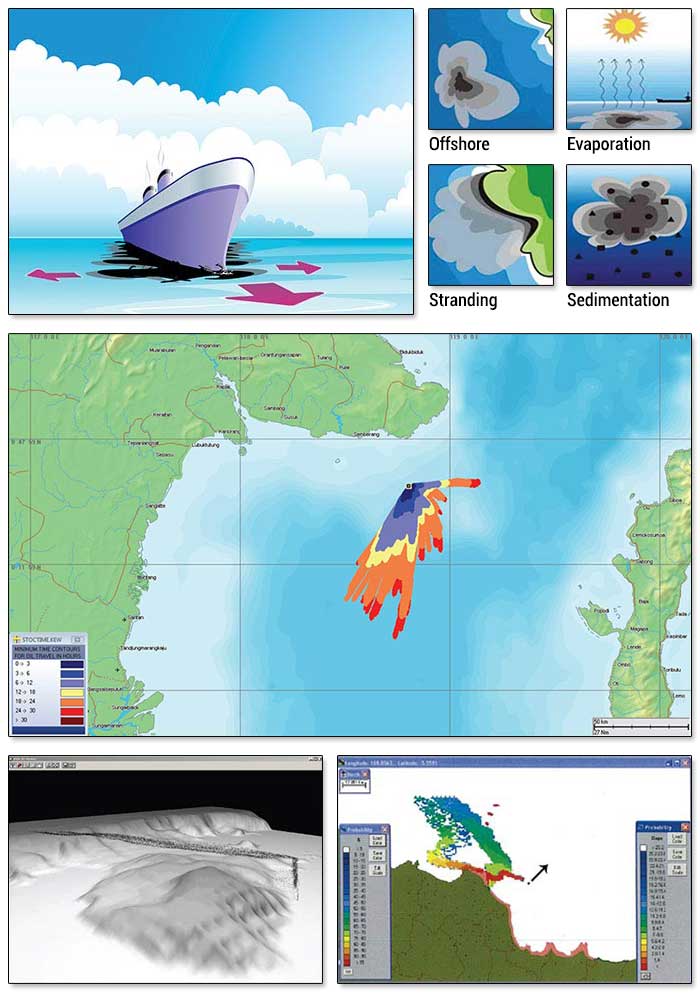
OSCT Indonesia also offers Chemical Spill Contingency Plan (CSCP) following IMO Standards. This plan is developed to provide overall strategy, procedures, mechanism and process of a response that should be taken in the event of chemical release especially Hazardous and Noxious Substances (HNS) from activities which have the potential to endanger people and pollute the environment.
Chemical Spill Vapour Modelling is part of Chemical Spill Contingency Plan used to estimate threat zone, which shows the area where a particular hazard (such as toxic vapor and thermal radiation) is predicted exceed a Level of Concern (LOC) from each chemical at some time after chemical release begins.
BS Building Jl. Kwitang Raya Kav. 36 Central Jakarta 10420 Indonesia
Delta Silicon Industrial Park Block F23/09A, Lippo Cikarang Bekasi 17550. West Java Indonesia


Denounce with righteous indignation and dislike men who are beguiled and demoralized by the charms pleasure moment so blinded desire that they cannot foresee the pain and trouble.
Read MoreNo products in the cart.


